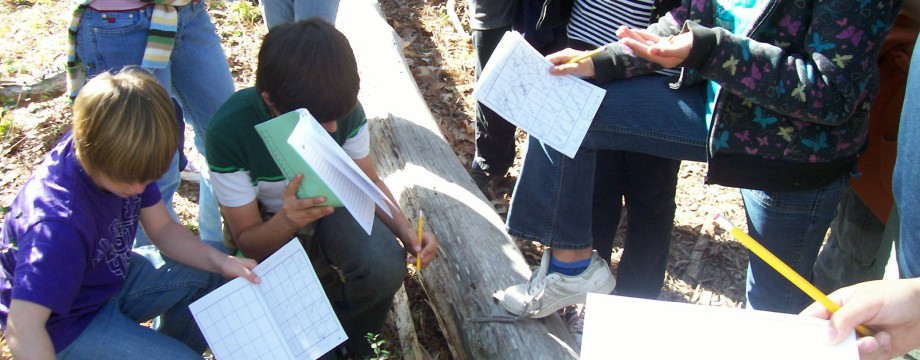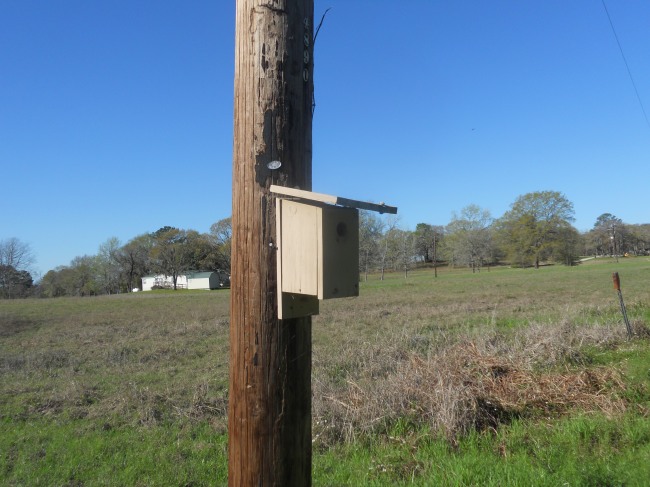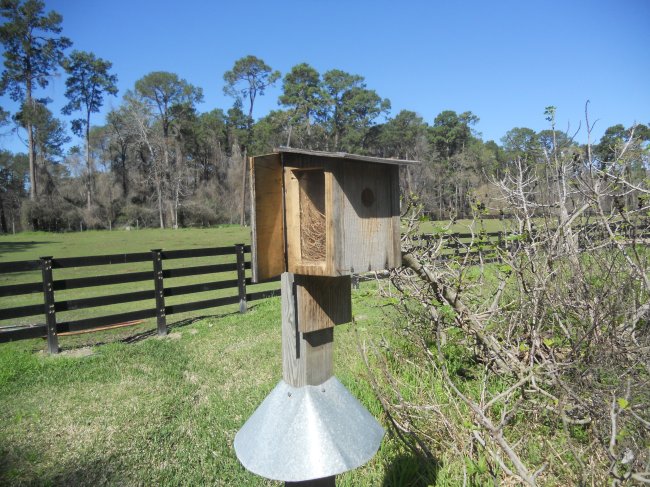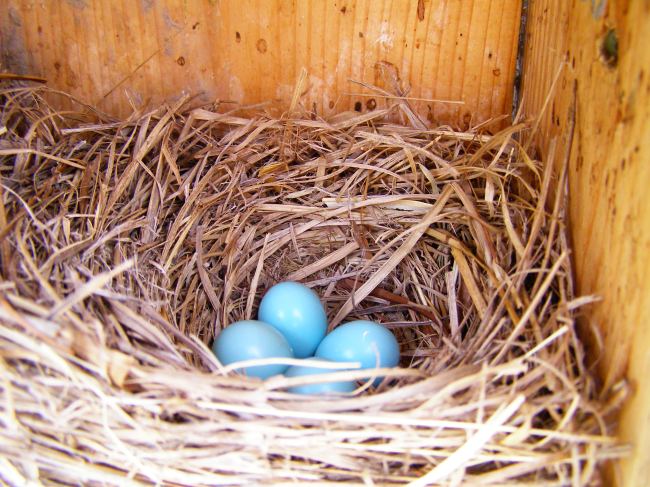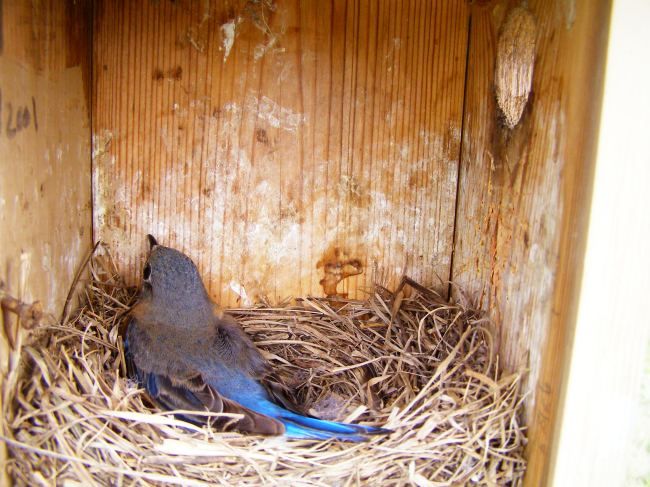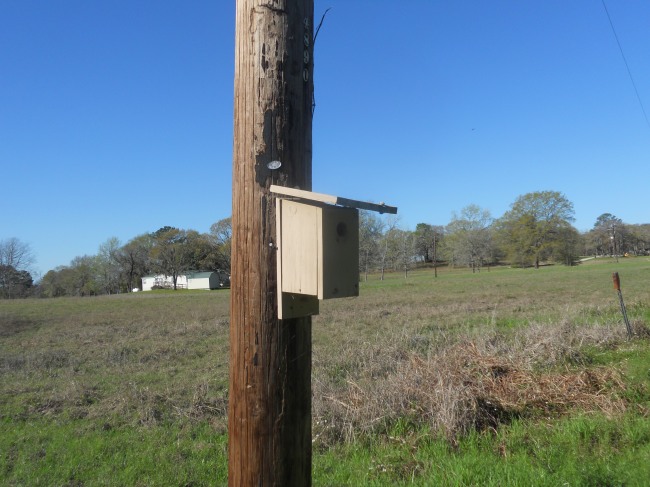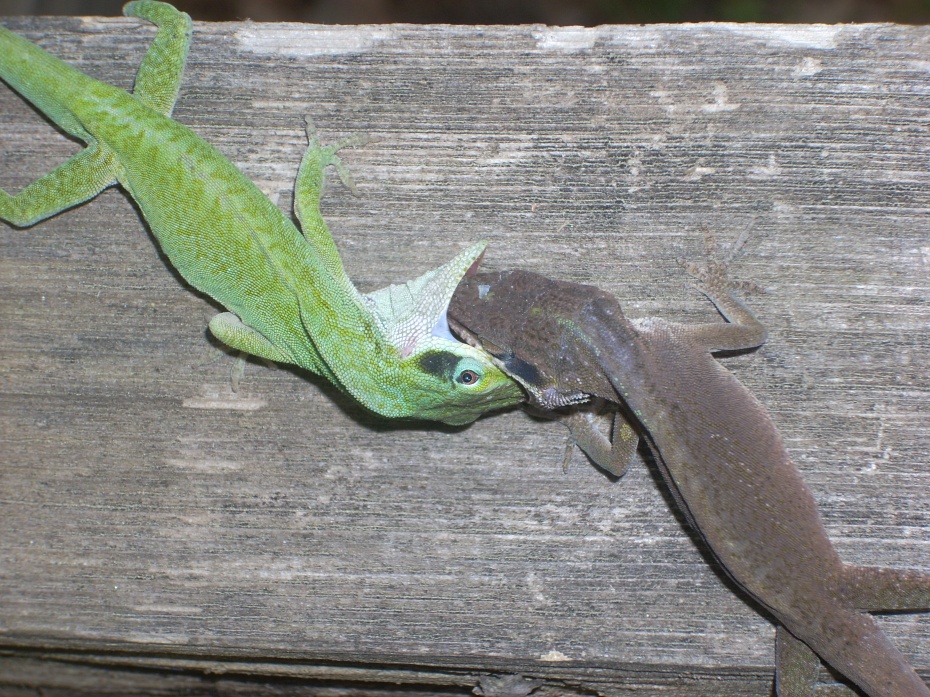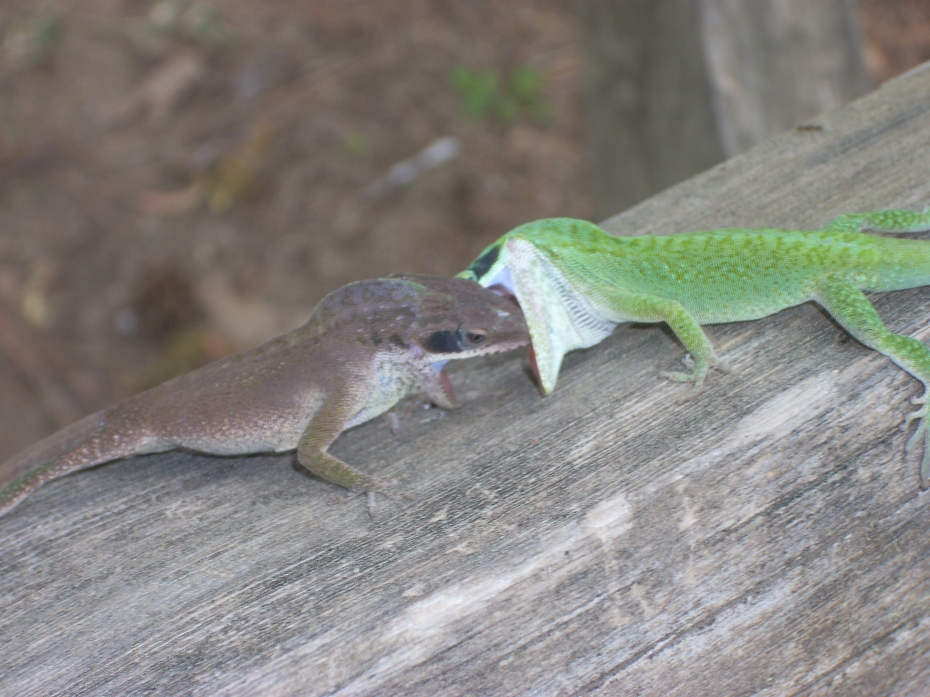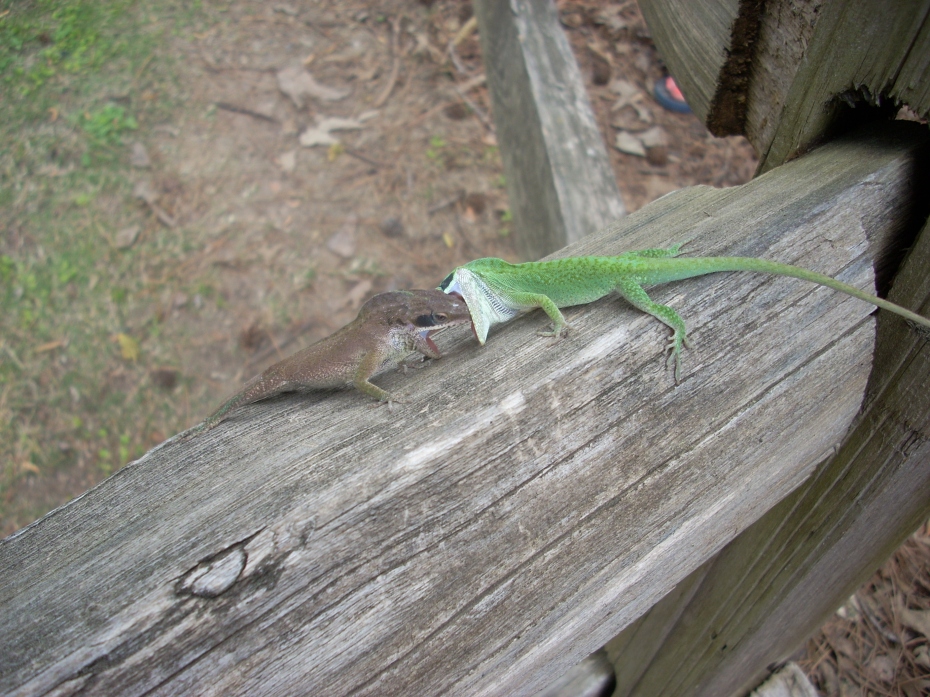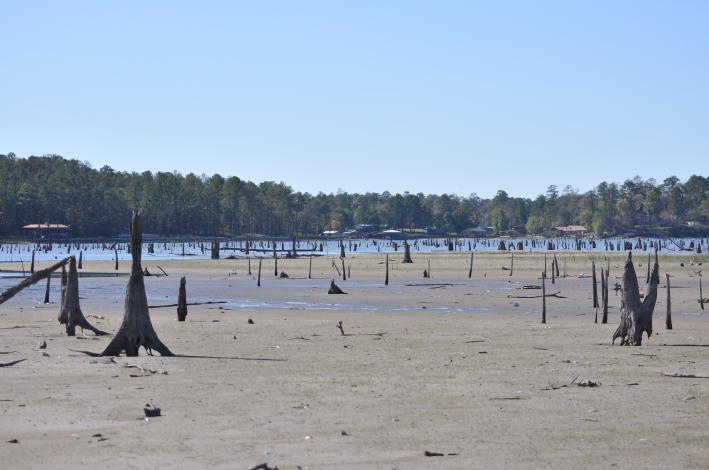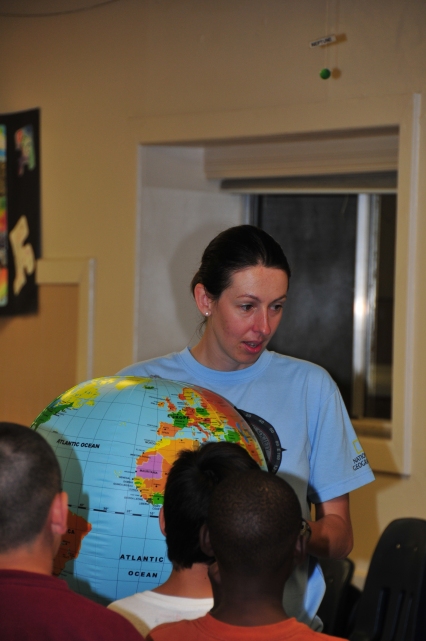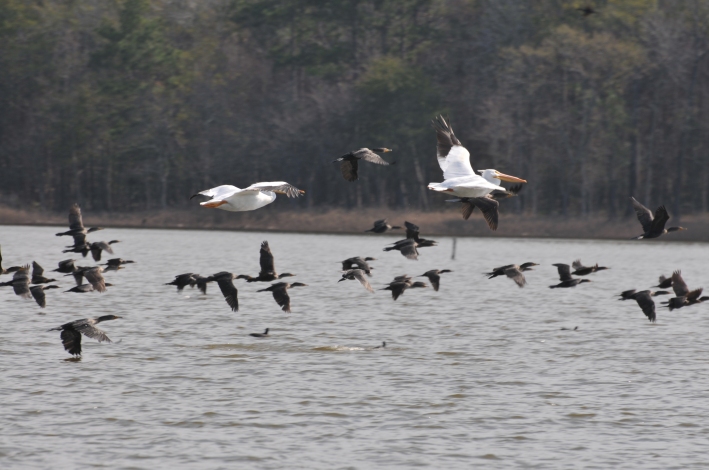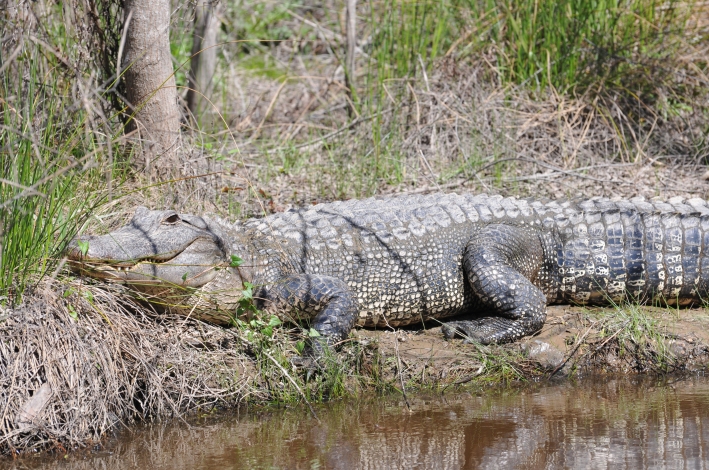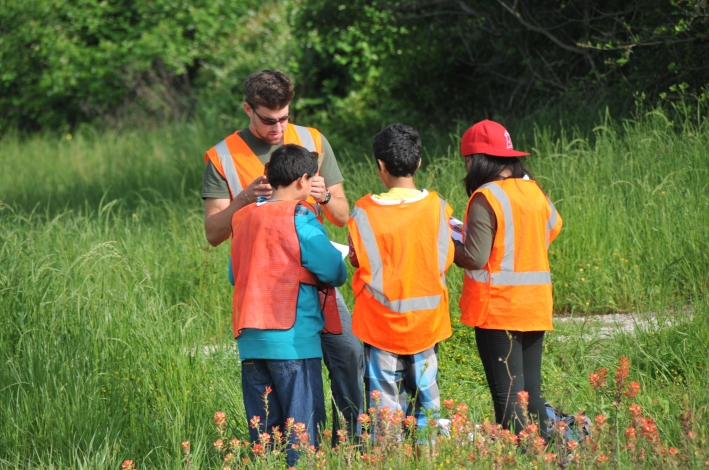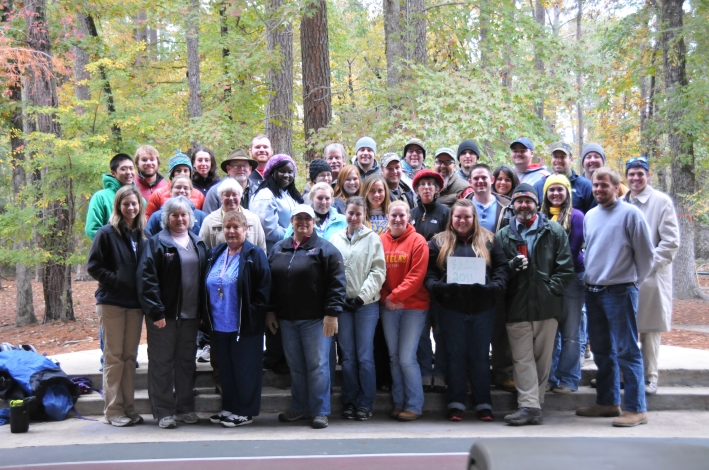Blue birds are awesome! However, in recent years, bluebird numbers have declined in response to loss of habitat to development, use of pesticides and herbicides, competition with introduced house sparrows and starlings, and reforestation of farmlands. People maintain bluebird boxes in order to provide habitat for their fragile population and to gain an awesome opportunity to spy into their world. If you’d like to build your own nest box, here are the directions!
Materials:
– 3/4” untreated pine or exterior plywood are best. (Boards should be untreated and painted/sealed on the outside surfaces only to prevent exposing birds to chemicals inside the box.)
– 1 1/2″ wood nails or screws (staples shouldn’t be used because they may cause sharp edges on the boxes that may be harmful to young birds)
– a fence row, telephone pole, tree or 8′ metal pole to mount the box to
– predator deterrent (24″ stovepipe wrapped around the base of the tree, grease placed on the pole, or conical metal baffles under the box).
The Unwelcome Guest Photo © Ms. Pixie

(These are photos from a great bird resource website called NestWatch.org)
Dimensions:
– Entry hole: 1 1/2″ for Eastern and Western blue birds, 1 9/16″ for Mountain blue birds.
– Floor: 4 1/2″-5 1/2″ square and placed 8″ below the entry hole, recessed inside the sidewalls to prevent rain water from leaking into the seams.
– Roof: should overhang 2″ on each side to protect from rain and sun, and should, higher in the back, lower in the front.
– Gaps: provide gaps in floor and sides for ventilation and drainage
– Score: the wall inside the box below in the entry hole should be scored deeply to provide a toe-hold for emerging young birds.
– Access: Side or front should be left free to swing open for easy access when monitoring or cleaning nest boxes. Access door can be held in place with a removable nail or screw.


Placement:
– Boxes should always be at least 100′ away from brush and cover where predators and competing birds would have easy access to the box. Blue birds prefer fence rows, open farm fields and grasslands.
– Boxes should be mounted 5′ above the ground on a tree, pole, pipe or fencepost.
– If you find that you still have problems with competing birds, such as house wrens and tree swallows, blue bird boxes can be paired 15-25′ apart from one another to provide housing for both the competitor and blue birds.
– If you have several boxes, individuals or pairs should be placed at least 100 yards away from each other to prevent blue birds from competing with each other for neighboring territories.
– Nest box setup should be completed in time for nesting to begin (February in the South, March in the North).
I hope you enjoy your nest boxes! They are easy and fun to maintain.
-Taniya Bird Nerd Fatticci, OEC
